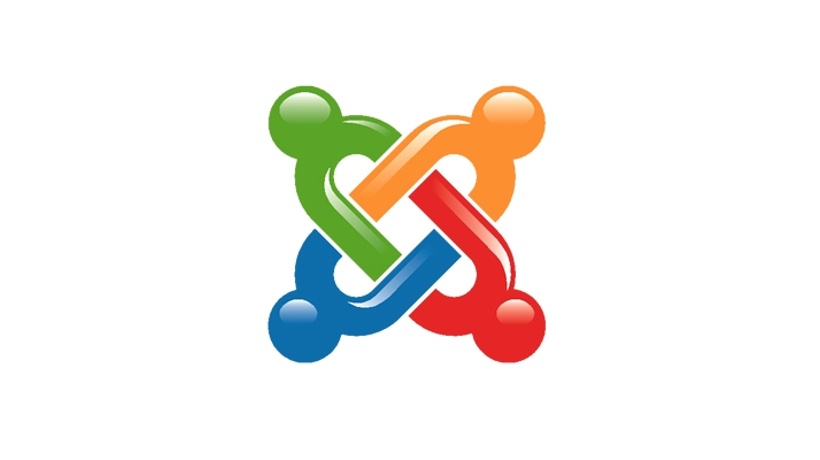Joomla Is Perfect For eLearning
There is no need to be a person with supernatural perception to know that eLearning is the future of education. Learners have entered the expanses of WWW a long time ago and move forward, never looking back. More and more organizations and educational establishments choose a new education approach and set up eLearning websites.
Sooner or later, the time to choose a right Content Management System (CMS) comes. For beginners, it is not the easiest decision. It demands a careful research and analysis, features’ comparison and reviews’ studying. There are around 60 million page results on search request “How to choose CMS” in Google. To make the process easier, the future e-learning website owner can appeal to Wikipedia, W3Techcs report, CMS reviews and official CMS websites where the features are listed.
CMS is software that acts as a framework for the website’s content. A vitally important fact is that some Content Management Systems are open-sourced; it means that they can be edited and modified. An example of CMS with an open code is Joomla!. It is the second most-widely used CMS in the world, being used by 9.3% of all the websites (W3Techcs.com source).
The name “Joomla” is translated as “all together”. It has been on the CMS market since 2005. The founders say: “What sets Joomla! apart from the rest is our dedication to keeping things as simple as possible while providing the most features possible.” So the question is: Why Joomla is the perfect choice for e-learning?
7 Important Reasons To Choose Joomla For You Next eLearning Project
- Flexibility
As it has already been mentioned, it is open-sourced. It is a customizable platform that allows adding as many modules, plugins and components as needed to increase websites’ functionality. There are no limitations for number of users or content features. - CMS is free
It can be downloaded from the official website without any initial payments. Joomla CMS is being developed by volunteers, who are constantly working on Joomla improvement, answering questions at the Joomla! forums, translating Joomla into different languages, developing extensions, writing manuals, creating templates and helping out at Joomla events. Any person from outside can join, newcomers are welcomed. “Joomla! is more than just software, it is people” - A wide range of available extensions is listed in JED directory
There are currently 7384 extensions to choose from, including those developed specially for education. The directory list quizzes, surveys, libraries, graphs and charts. All available extensions are rated, based on users’ reviews and votes. Any registered Joomla user is free to leave a review, to contribute an article to Joomla! Magazine or to be a part of Forum Community. - Joomla CMS is constantly updated
Joomla! developers and testers enhance Joomla! usability, functionality and add a number of desired features. The latest update was done last month. Joomla! 3.2 stable version was released. Such new features as content versioning (to keep a copy of content any time when changes are applied), enhanced security (double authentication to log in), improved user interface, newly added templates and a chance to add extensions right from a computer were added. - Joomla LMS
There are free and commercial Learning Management Systems developed for Joomla. The most popular include JoomlaLMS, eFront, Moodle, Dokeos and Guru. The decision concerning fee type is made by the business owner and is based on a number of criteria: a range of available features, support services, source code availability, the installation type, LMS business orientation, eLearning standards compliance and others. A detailed LMS comparison can be found here. - E-commerce integration
Most Learning Management Systems offer e-commerce integration that enables organizations to accept payments for their educational materials and services. Using LMS, a website owner can sell subscriptions to courses, set payment methods and even create invoices and discount coupons. - Social learning benefits
Qualitative Learning Management Systems are compatible with JomSocial component (the most popular Social Networking tool) that makes e-learning process collaborative. The learners are engaged with studying and can share their progress on social profiles. They can build communities, adding different social features. Why is it important? Because today’s learners use Facebook messenger more often than a phone book and are easier found online than outside the classroom. To engage such a student into the process of learning is necessary to catch a trend.
As we can see from the above listed features, Joomla! CMS is worth implementing and using. Whether you are planning to set up an eLearning website or already own one built on Joomla! platform, you can easily use all the advantages, making the resource highly interactive and profitable.



